| Day | Activity | Overnight Stay |
|---|---|---|
| 1 | Arrive in Tel Aviv, city tour | Tel Aviv |
| 2 | Day trip along the Israeli North Coast | Tel Aviv |
| 3 | Tel Aviv - Jaffa | Tel Aviv |
| 4 | Bus to Jerusalem, city tour | Jerusalem |
| 5 | Jerusalem | Jerusalem |
| 6 | Holocaust Museum - Bus to Eilat | Eilat |
| 7 | Relax at the Red Sea | Eilat |
| 8 | Cross to Jordan - Wadi Rum Desert | Wadi Rum |
| 9 | Petra - Return to Israel | Eilat |
| 10 | Red Canyon - Bus to Tel Aviv | Tel Aviv |
Day 1-3: Tel Aviv and the Mediterranean Coast
If you are coming from outside Israel you will most likely fly to Ben Gurion International Airport. A lot of tourist groups are arriving here and go straight to Jerusalem, as the city is not too far from the airport, but we definitely recommend spending a few days in Tel Aviv as well.
We decided to split our days between Tel Aviv and Jerusalem and we ended up vising two cities which are quite unique and have their own different vibe.
Tel Aviv
When you think of the Middle East, Tel Aviv is probably not what you have in mind. But spending two days in the city was totally worth it, as we were able to understand better the culture of Israel, outside of the religious and political turmoils.
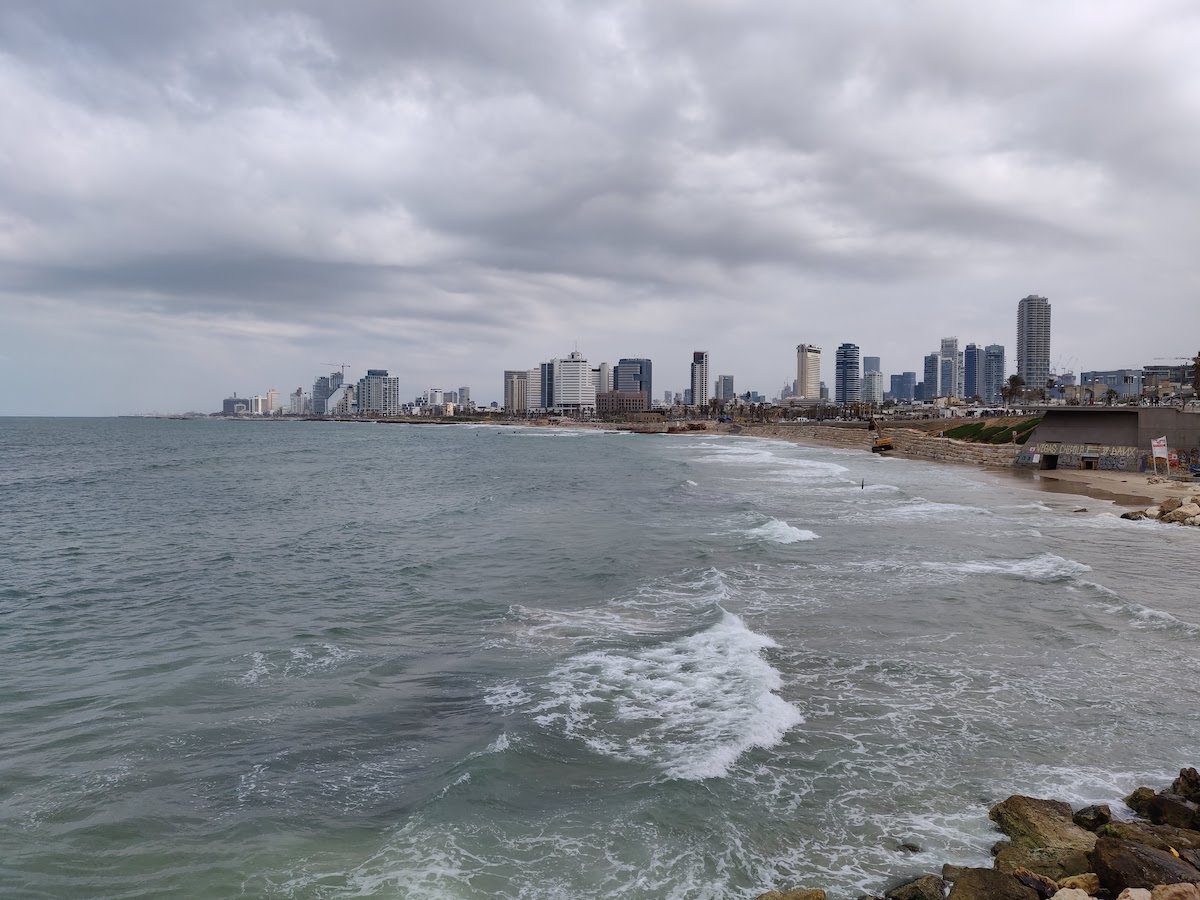
Tel Aviv is a modern city and is in fact the ecomonic and financial heart of the state of Israel. There's a laid back atmosphere in the entire city that you can't really find in other places in Israel. People are super relaxed and very welcoming. The most interesting aspect is seeing how the city was built for people: with parks, pedestrian alleys and tons of places for social interaction.
Recommended activities:
- Tel Aviv Promenade runs parallel to the sea from the north of the city to Jaffa
- Walking up and down the Allenby, Dizengoff and Rothschild Boulevards
- Buy fresh food and sweets at Carmel Market
When in the Middle East, you have to try hummus and falafel. There are a lot of spots in Tel Aviv serving them, but one we particulary liked was Hummus Abu Dabi. And of course, there are shawarma places everywhere for your culinary delight.
Haifa, Akko, Caesarea
Going north from Tel Aviv, along the Mediterranean coast, you have a lot of impressive old cities and natural landscapes to visit. Distances in Israel are small and the highway network is quite good, so you are able to do a lot in a day.
We booked a day trip with a local company so we had a professional guide for the entire day. Renting a car is also an option if you want to explore on your own. The first stop was the ancient roman city of Caesarea, built by king Herod and dedicated to emperor Octavian.
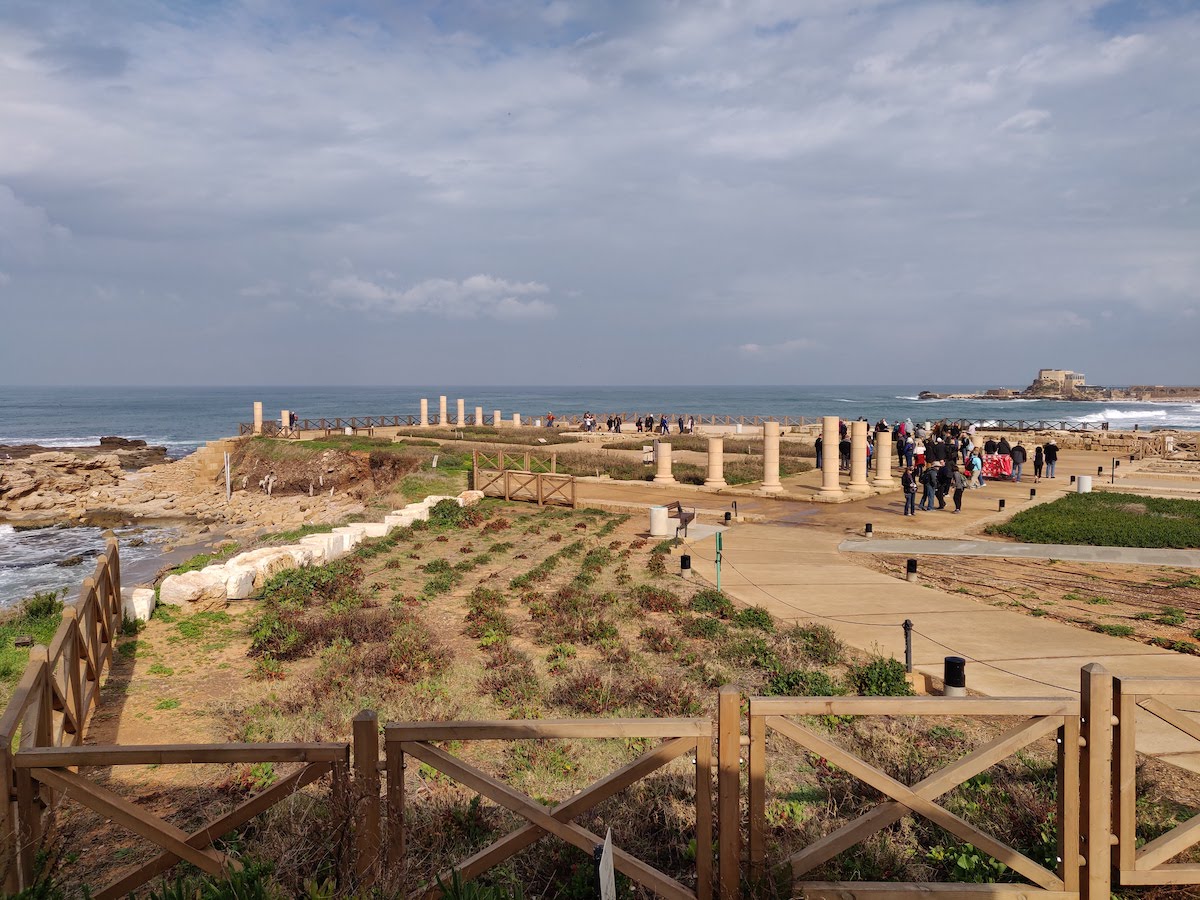
Then we continued north, towards the border with Lebanon where we went down with a cable car to the caves of Rosh Hanikra, a natural monument dug by the sea water in the white limestone hills. Our next stop was in the old city of Akko or Acre, where we had lunch and a quick tour of the impressive crusader citadel.
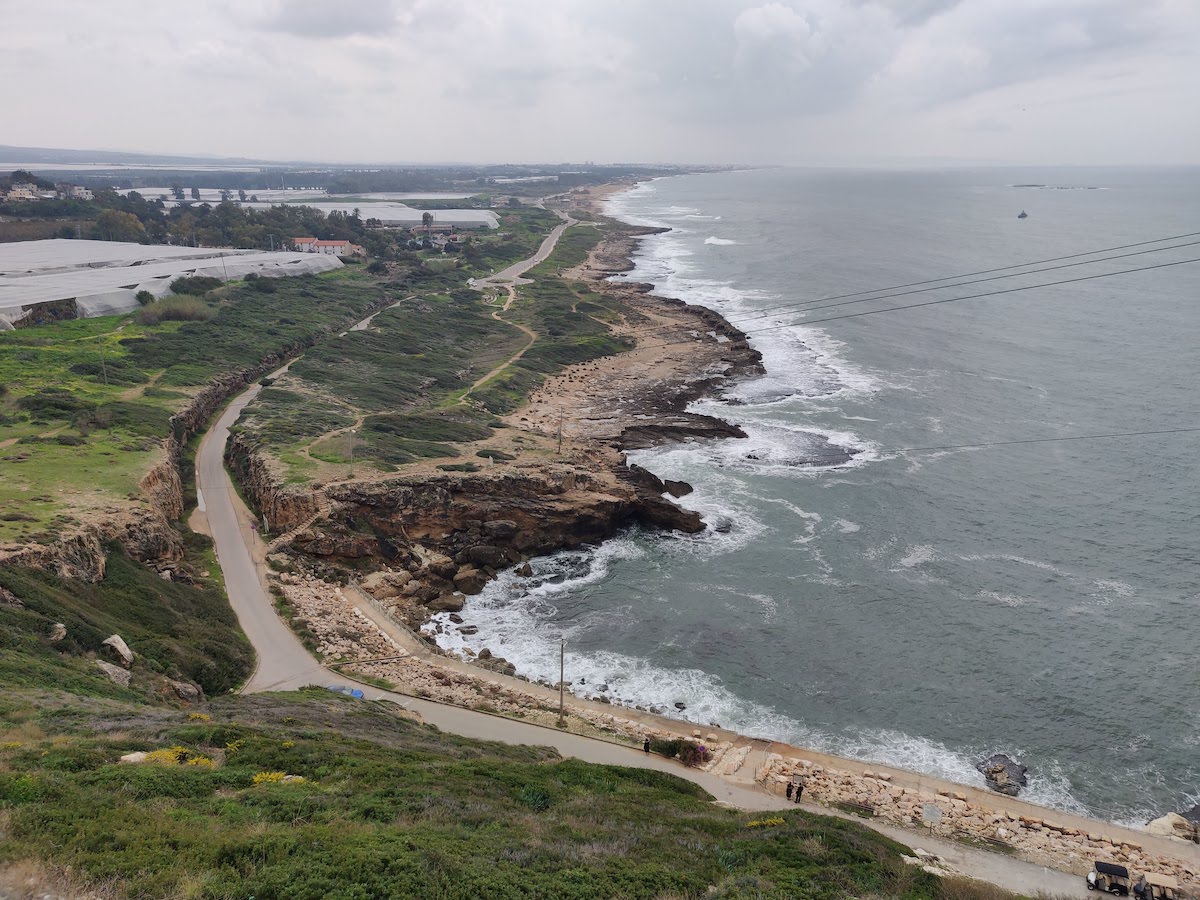
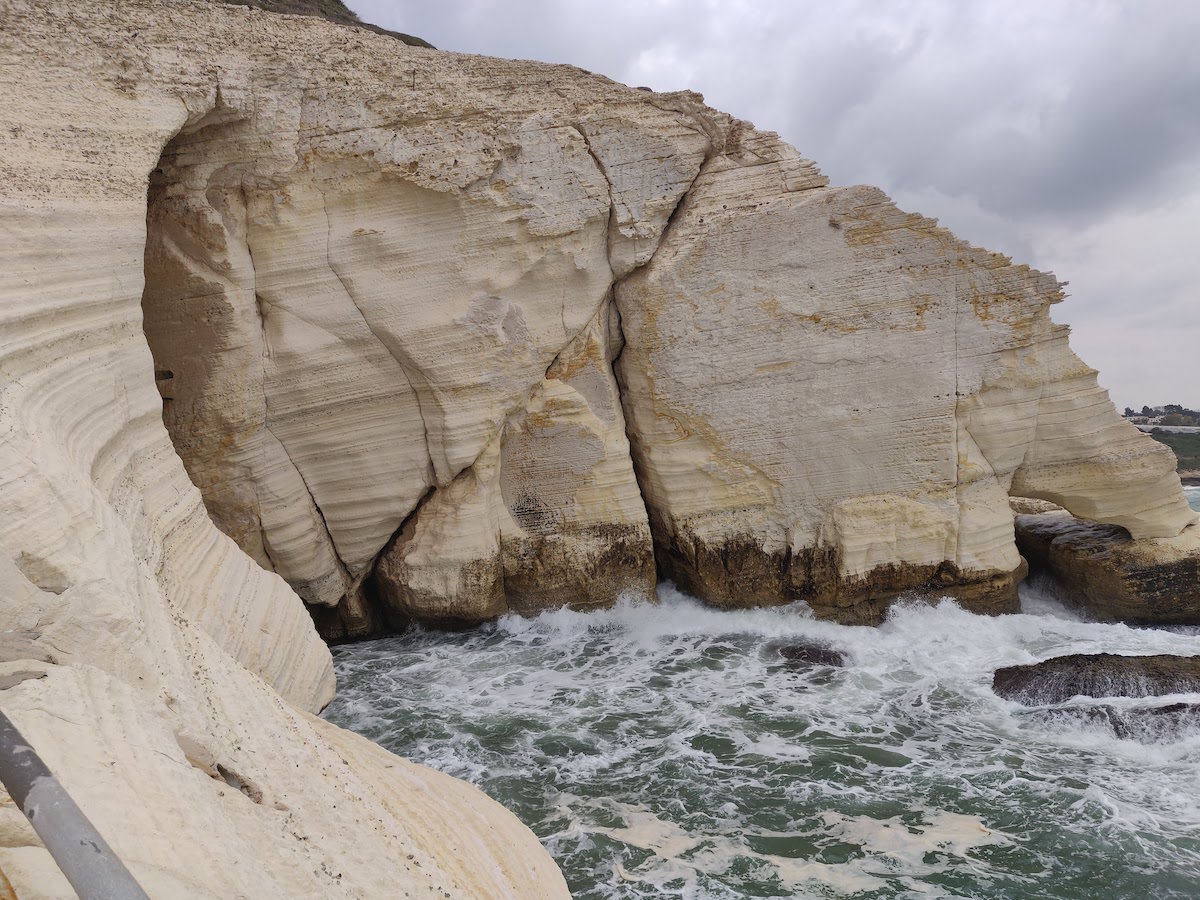
Finally, we ended our tour with a panoramic view of the Bahá'í Gardens in Haifa, a spectacular sight built by an enigmatic religious group, overlooking Israel's third largest city and a very important economic center for the country.
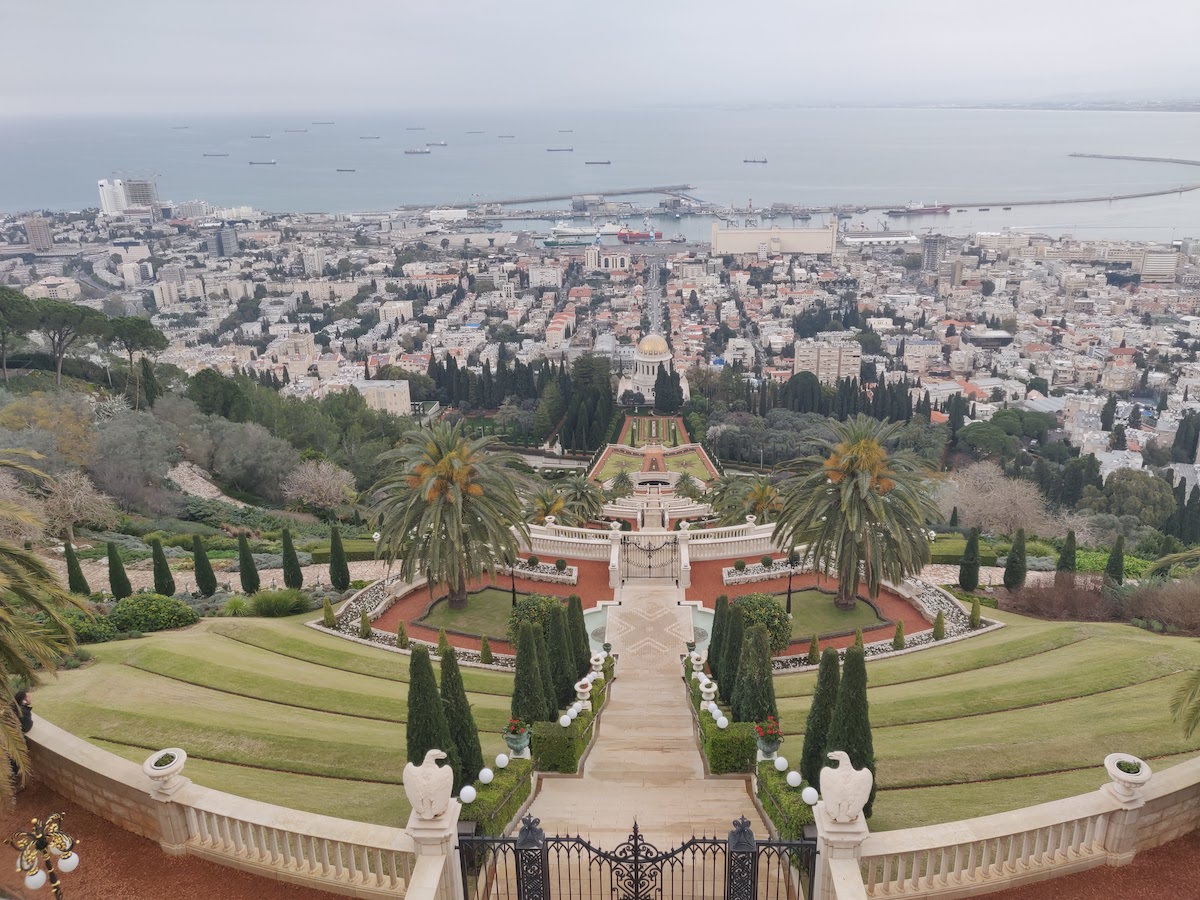
Jaffa
As the modern city of Tel Aviv grew, it engulfed the old port town of Jaffa. Jaffa is one of the oldest cities in the world and used to be the city port for Jerusalem, so it always had a great strategic value for the region.
If you are staying in the central area of Tel Aviv, Jaffa is 40 to 60 minutes away by foot, depending on your location of course. You can take a relaxing walk on the promenade of the Mediterranean Sea among cyclists, runners, families and people with pets.
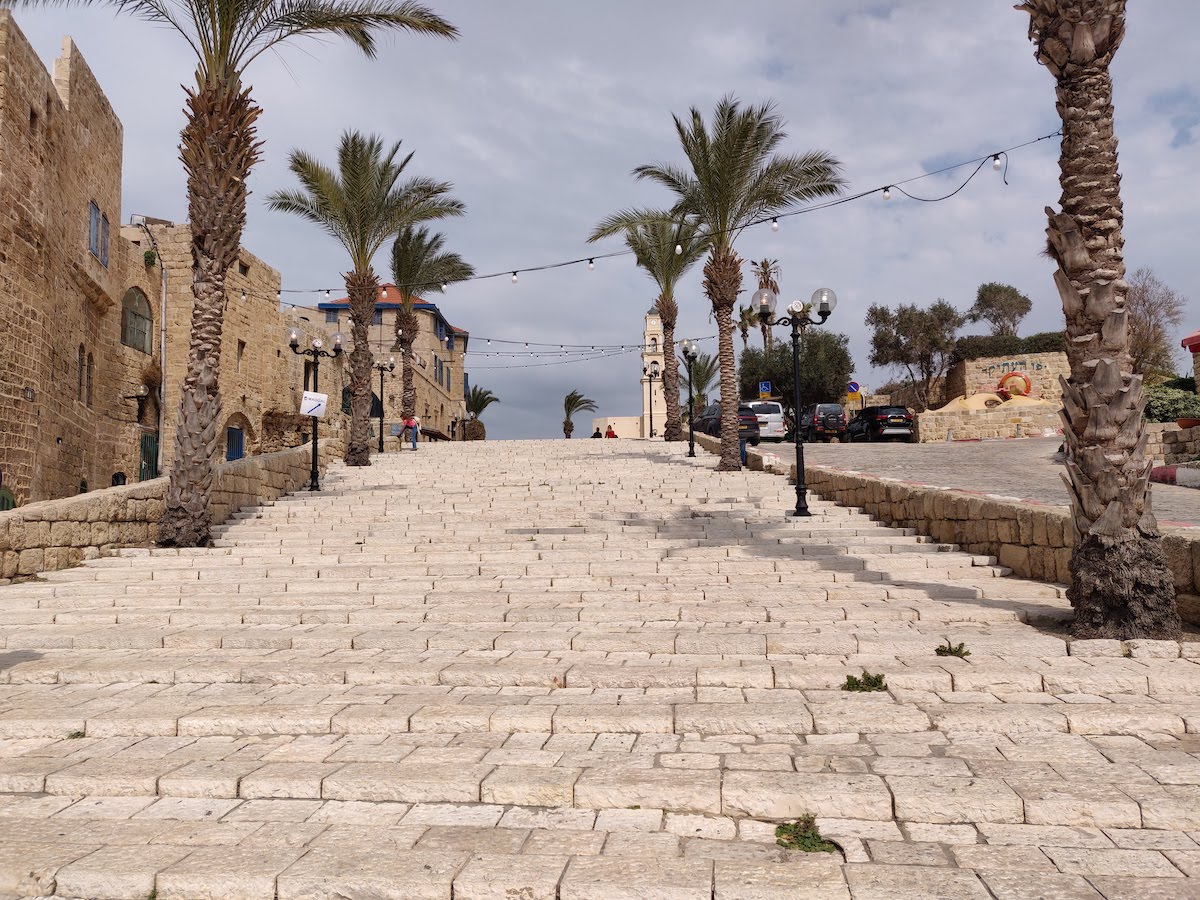
The old town is quite small, but there's a great 2 hour free walking tour that you can take to understand more about the history of the city. The same company is running similar free tours in Jerusalem and in other European cities and they are really well organized. Israeli tour guides are generally super friendly and tend to be as objective as they can when it comes to the information they give you, so don't be afraid to ask more delicate questions if you are curious.
Days 4-6: Jerusalem
Whether you are a believer or not, Jerusalem is one of the destinations you have to reach at least once in your lifetime. The legends, the history, the birth of Abrahamic religions, it's all centered around this city, that in turn is considered holy by jews, muslims and christians alike. Get ready for some serious walking and make sure your knees are in good shape for some ups and downs, as the entire city is built on hills.
Jersusalem Old Town
The fortified Old Town is impressive even before entiring, as you get close to the old city walls built during the Ottoman period. Inside, the city is split in four quarters: the armenian, the jewish, the muslim and the christian quarter.
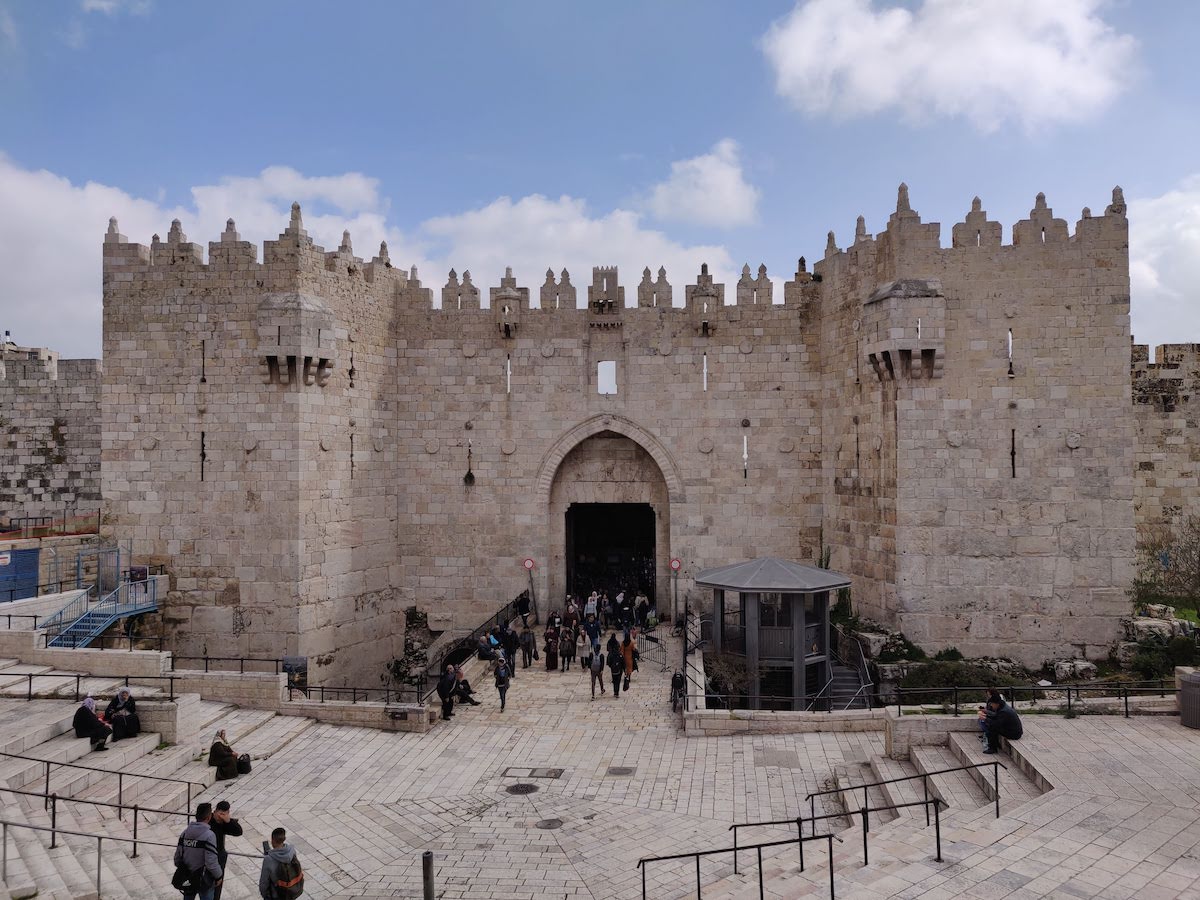
A free walking tour starting from Jaffa Gate will give you all the broad information you need about the history of the old city and about the religious monuments. The old city is pedestrian only and can get really crowded in the high season.
The muslim quarter is the biggest one and houses about 3/4 of the population inside the city walls. There isn't any clear separation between the quarters, so you will find yourself moving from one site to another without worrying too much about this. You will also see jews, christians and muslims in all the neighbourhoods and although the tension is still there, our guide summed it perfectly when he said that Jerusalem is the best example of co-existence, not co-operation.

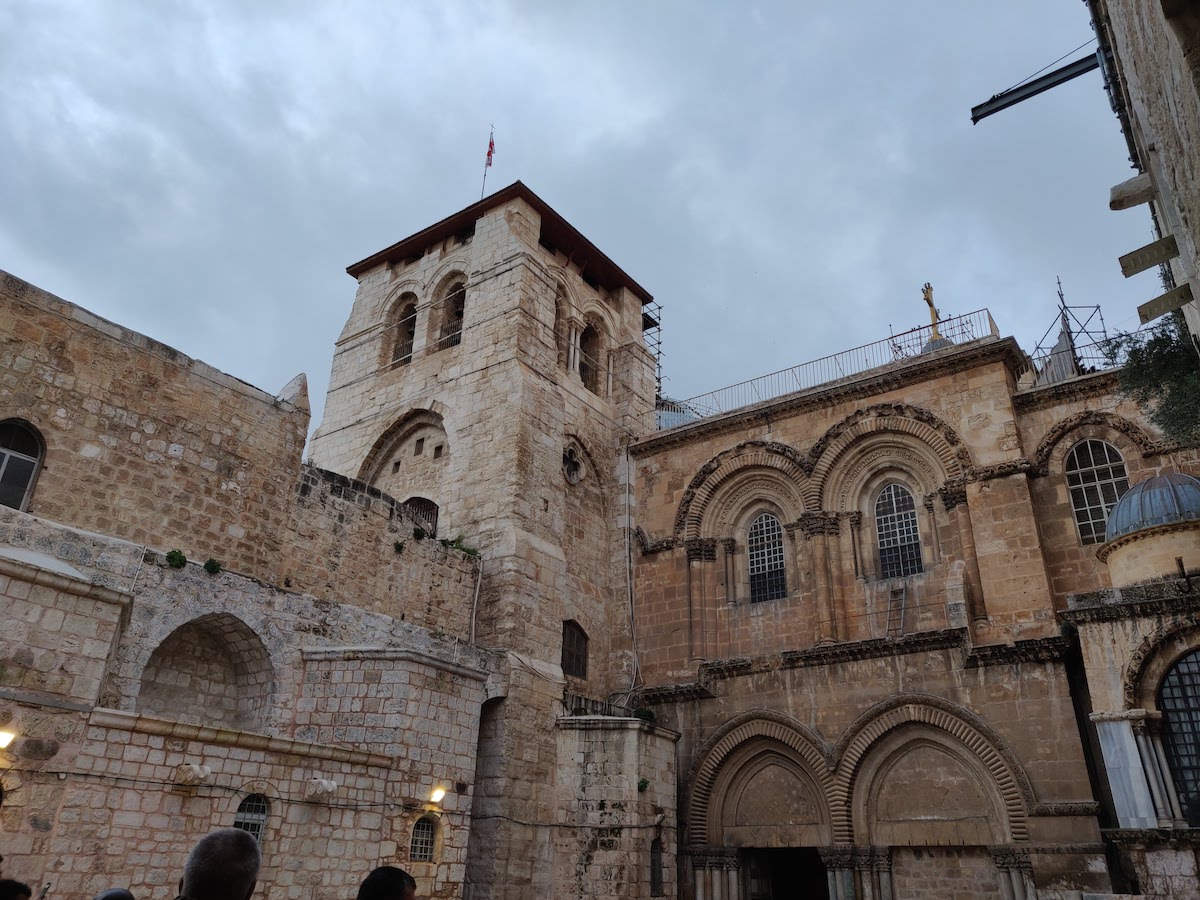
Just outside the armenian quarter, there are a lot of interesting sights on Mount Zion, including King David's Tomb, the Room of the Last Supper and the Protestant Cemetery where you can find the grave of Oskar Schindler, featured at the end of the 1993 movie.
Other recommended activities:
- Visit the Tower of David, an old fortified citadel situated right next to the Jaffa Gate.
- Walk around various sections of the city wall
- Walk the Via Dolorosa or the way of the cross
Temple Mount
The Dome of the Rock and Al-Aqsa Mosque are built during the islamic rule on top of the ruins of the Second Jewish Temple. For muslims, it's the third holiest site in the world after Mecca and Medina. For jews, it's the constant reminder of their lost temple. Sadly, it is also one of the centers of discord between the two religious groups.
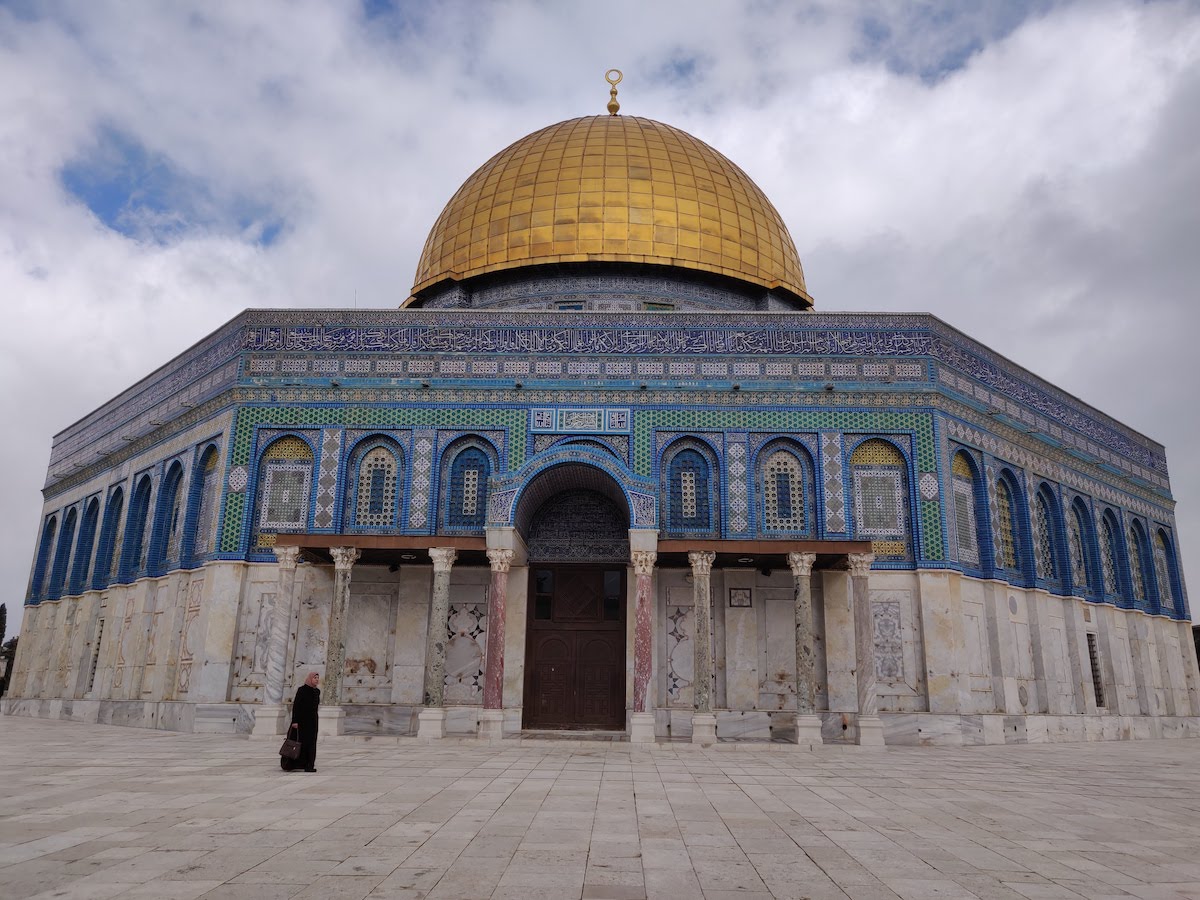
This whole area on the East side of the old town is run by the Jordanian military and has a pretty strict visiting schedule, but we encourage everyone to take the time and visit as it is truly a unique place. The site is open for toursists early in the morning 8:30 - 10:30 and between 13:30 - 14:30. Otherwise, only muslism are allowed during prayer times.
The entrance to the Temple Mount is done via a suspended bridge next to the Western Wall's south entrance. Keep in mind that you are crossing into a small teritory which is not administered by the Israeli police force and religious items of any kind (including books) are forbidden.
Mount of Olives
On the other side of the old town, lies a hill full of religious meaning for christianity. Mount of Olives is mentioned many times in the New Testament as the place where Jesus used to pray during his last days. Starting from the top of the hill, you can visit various churches of different branches of Christianity and the milenia old olive trees in the Gethsemane Garden.
Mount of Olives also gives you a great panoramic view of the Temple Mount and the old city.
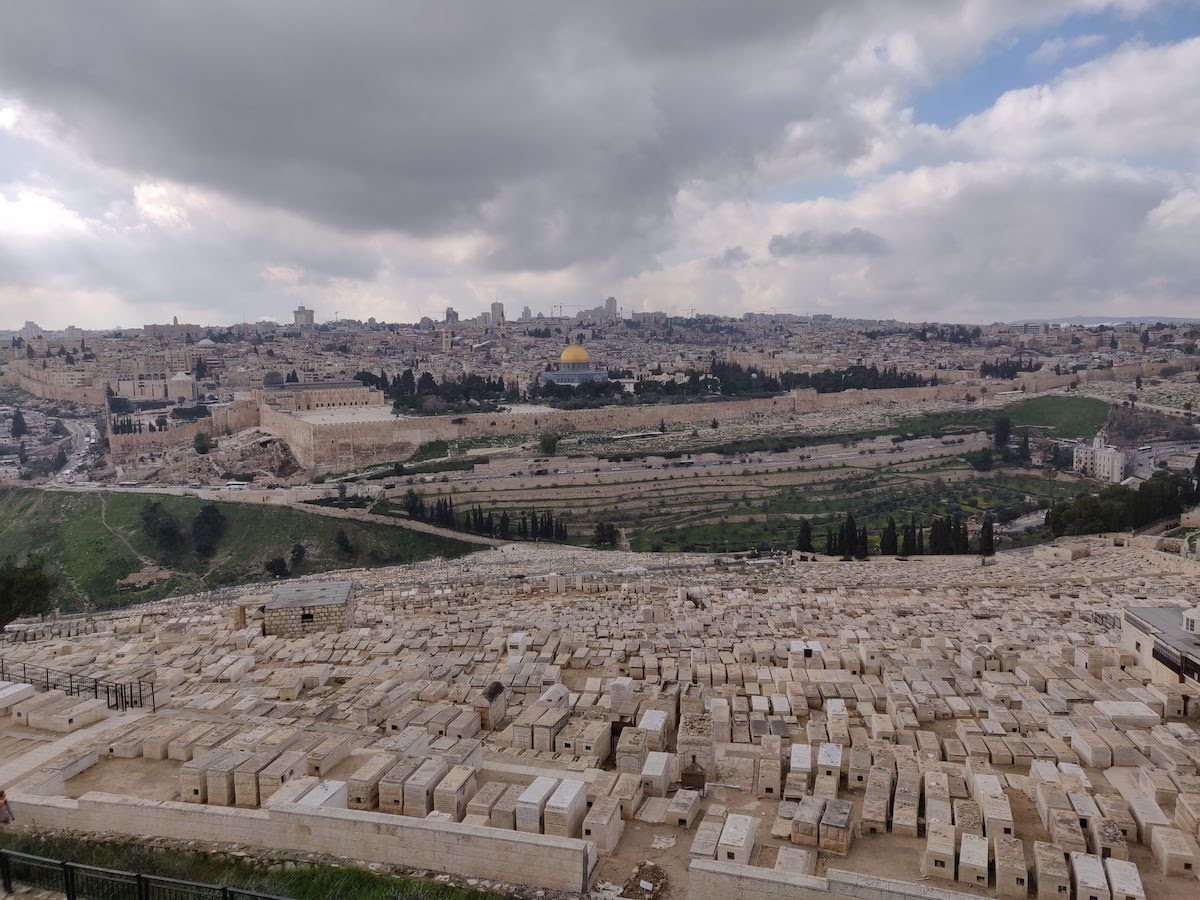
Holocaust Museum
For our last day in Jerusalem, we decided to visit the Holocaust Remembrace Center or Yad Vashem. The museum is located on Mount Herzl, outside the central Jerusalem area, but quite accessible via the new light rail system.
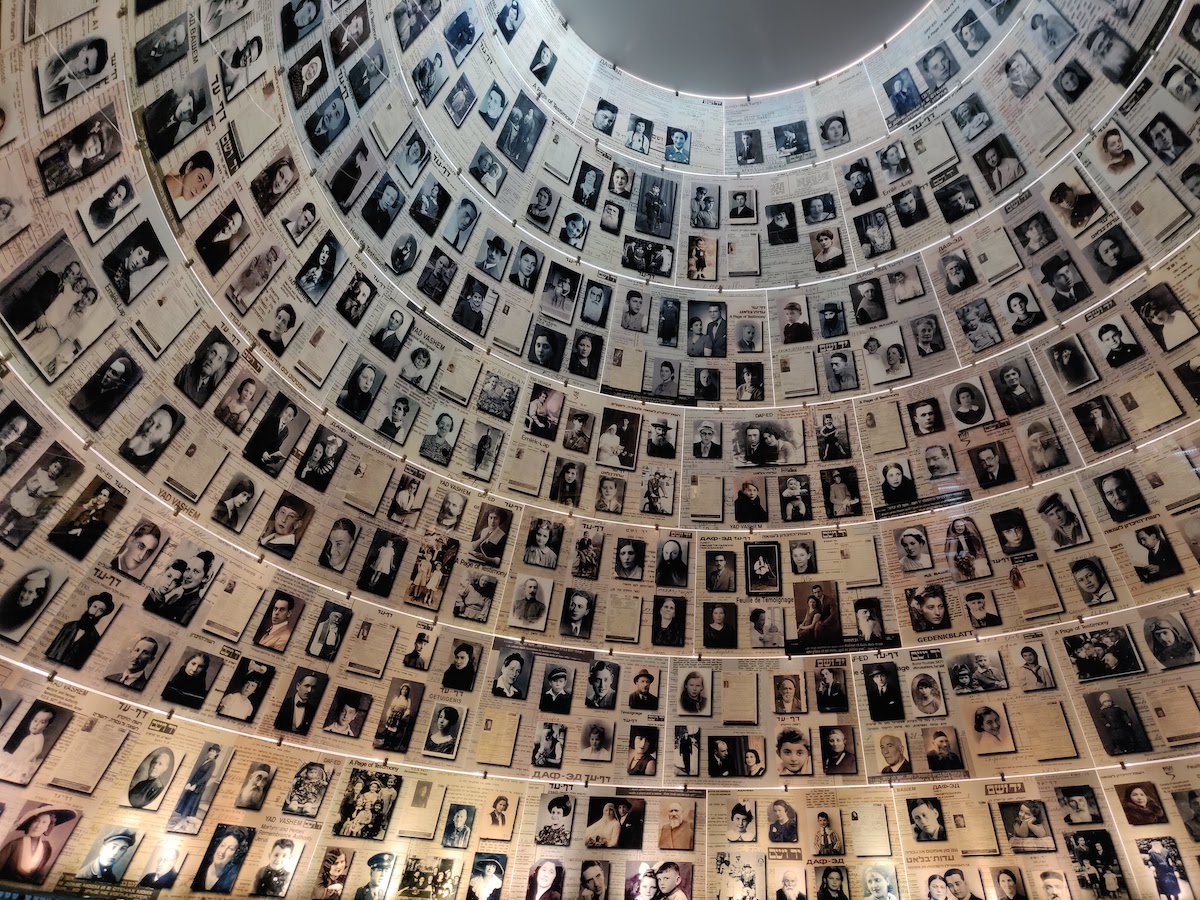
The entire area is built not only as a museum, but also as an educational center and memorial. It tells the complete story of the jewish communities during the horrors of the Second World War in Europe.
Day 7: Eilat
At the southern-most point of Israel, Eilat is the capital of sunny days and sea activities. With an amazing shoreline at the Red Sea and the north-most coral reef in the world, tourists are welcome to enjoy a variety of water sports and activities.
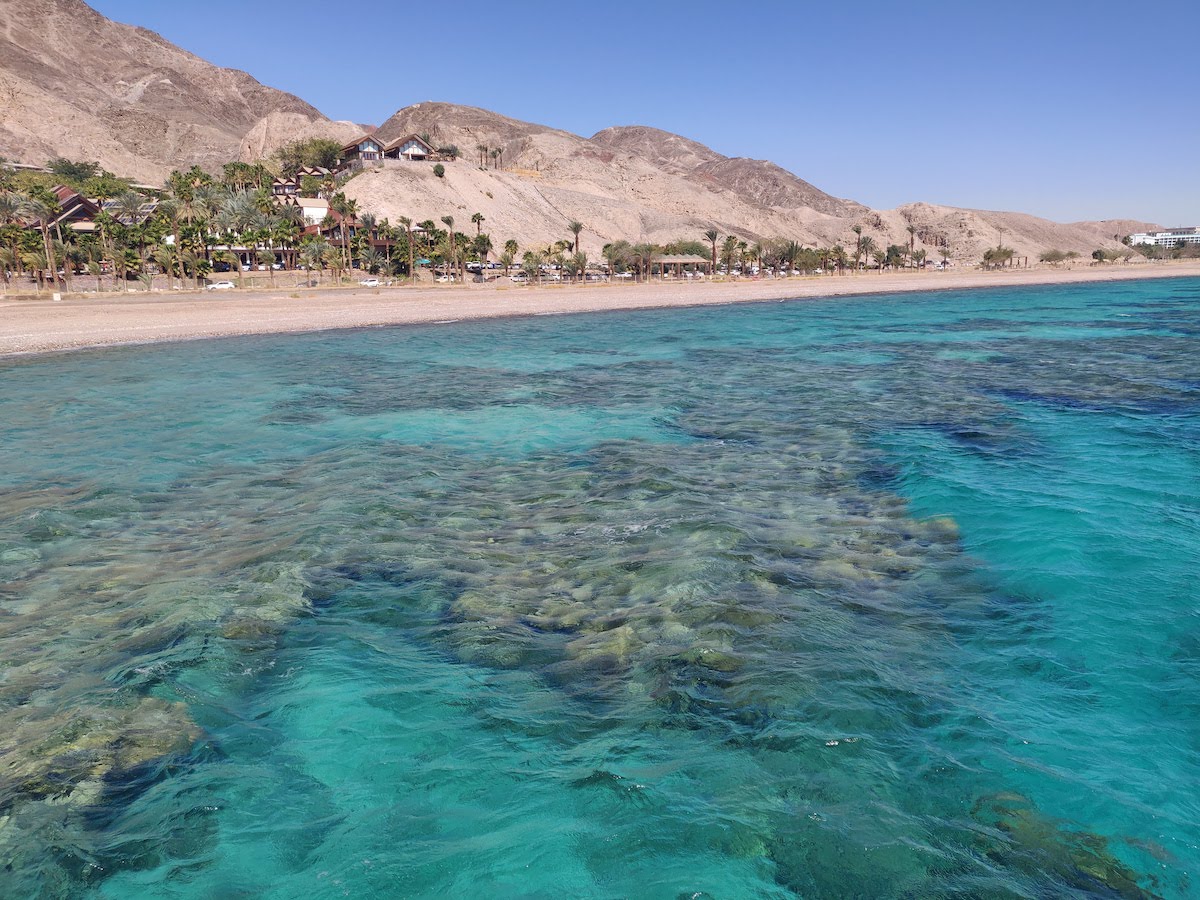
Eilat has a sea front of 10km with multiple different beaches, some public and some private. There's a public bus (numbers 15 and 30) that you can take from the city center to reach the farthest beaches. While there, we recommend a visit to the Underwater Marine Observatory Park. Being so close to the coral reef is an amazing experience. You can also see a lot of marine species that are endemic to the Red Sea: sharks, stingrays, sea turtles, etc.
Days 8-9: Jordan
Not far from the Red Sea, but crossing into Jordan, you get to the red desert of Wadi Rum, in the land of bedouins, camels and rocky sand mountains. We had an amazing stay at the Mohammed Mutlak Bedouin Camp and we did a desert tour with 4x4 pick-up trucks which was a surreal experience.
Images cannot really capture the beauty of Petra and the amazing rock carvings done here in the time of the Nabataeans. A huge site with numerous hiking options, Petra requires at least a day to explore the amazing rock and desert colors.
We wrote extensively about our two day experience in Petra and Wadi Rum in our Jordan spotlight.
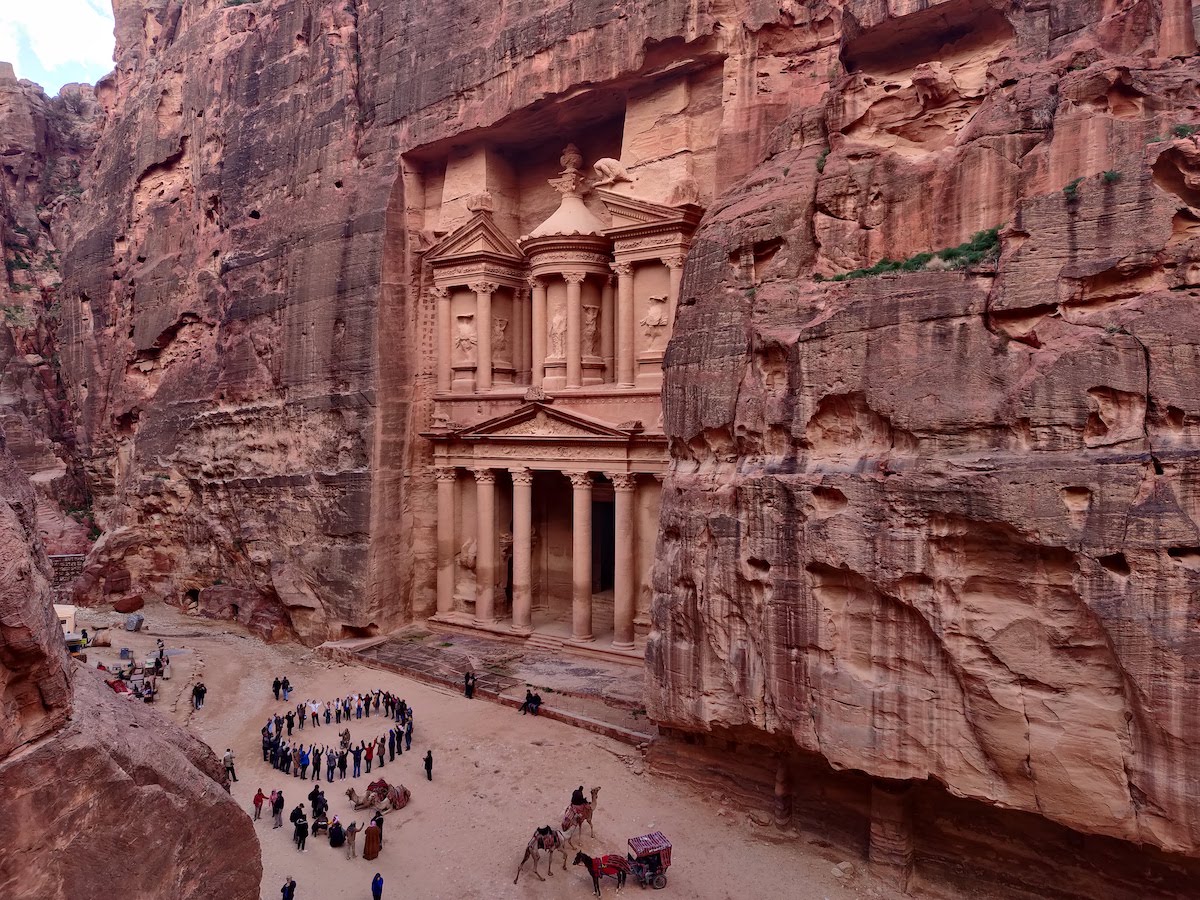
Day 10: Red Canyon
On our final day in Eilat, we spent the morning hiking through a short but spectacular rock formation called the Red Canyon. The canyon is located 15km outside Eilat, close to the border with Egypt. To get to the canyon and back we used the public bus numbers 92/392. You can ask for information about the bus schedule at the Eilat central bus station.
From the bus stop, you walk half an hour to reach the entrance to the canyon and then you need another half hour to cross the main section of the canyon. At this point, you can choose to return the same way or continue on a longer circuit back to the bus stop which takes about an hour and a half.
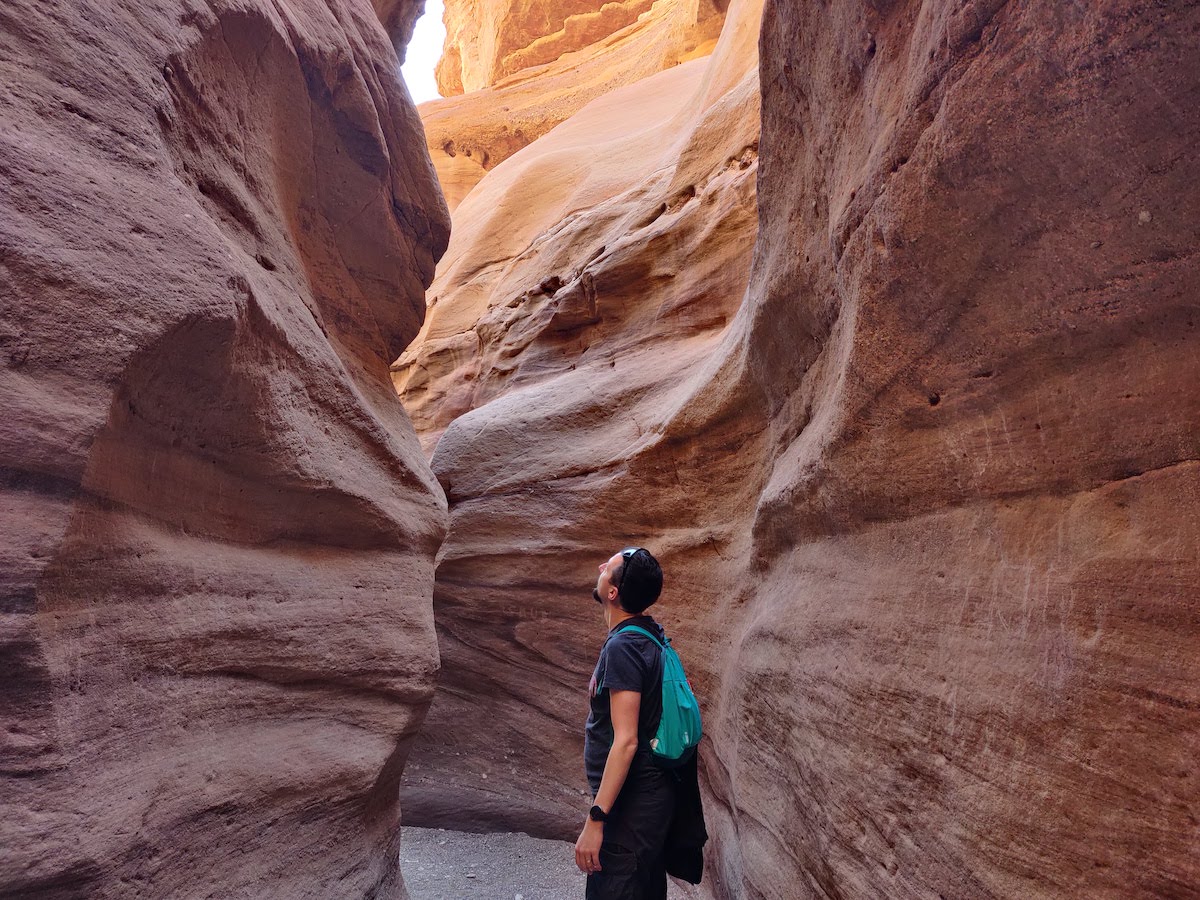
Travel tips
Israelis celebrate the Shabbat on Saturday and most of the stores and restaurants are closed. Also, there's no public transportation, which is tricky especially if you arrive on Saturday at the airport and taxis are the only option.
It is common to see young soldiers on the streets and in buses carrying their service weapons. Military service is mandatory in Israel for men and women. We were there for more than a week but never felt unsafe in any way. Yes they have ocassional problems in the region, especially as you get close to the Gaza Strip, but nothing major to be concerned about as a tourist.
Israel has an extensive bus network that runs between major cities. The major bus company is called Egged. It is better to book your trips in advance, if possible, as buses tend to ride full on the longer distances, even outside the high season. Between Tel Aviv in Jerusalem, you have very frequent buses from multiple bus stations in Tel Aviv, all going to the Jerusalem central bus station. For this one, you can just show up at the nearest bus station. The ride takes about an hour. There's also a new train available on this route if you prefer that.
One thing to consider is that Jerusalem and Petra are pretty high in the mountains, so the weather is not always as hot as you would expect. We visited in February, we had some rainy days and overall temperatures didn't go above 15°C. In Petra, we were greated with 4°C and fog in the morning, so keep that in mind when you pack for your adventure in the Middle East. Tel Aviv was a bit warmer during the same time. Eilat on the other hand enjoys 200+ days of sunshine a year and is a perfect destination for sea and sun lovers all year round.
There are a bunch of other locations we didn't consider this time: the Dead Sea, Masada, Nazareth and Bethleem in Israel, Amman, Jerash and the Dead Sea again in Jordan, but we will definitely come back for a more extended visit at some point.
Israel and Jordan are just two countries in an incredibly diverse area, but they have some of the most interesting sights to visit and explore. They are also a great introduction to an area that sadly receives a lot of bad advertising and subsequently less visitors. We hope this story will encourage you to visit the ancient and colorful Middle East.